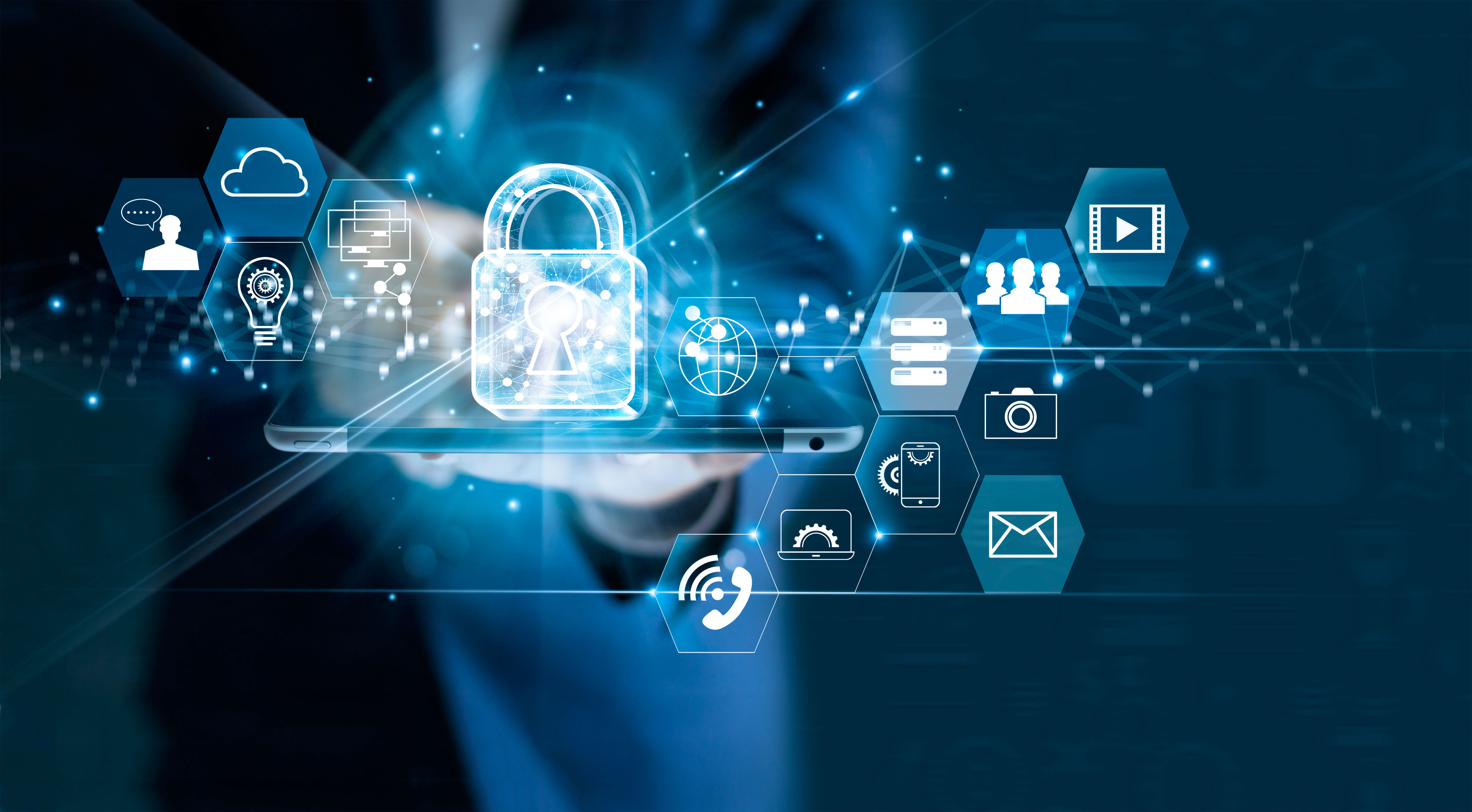5 Ways an Active Archive can Mitigate the Risk of Ransomware

As we head into 2022, I recall a quote from an IT industry executive who said in his 2021 predictions: “Ransomware is just in its infancy”. Indeed, ransomware reigns as today’s chief malware threat with no signs of subsiding anytime soon. Businesses may lose revenue, employee talent, customers, and even shut down from a ransomware attack. Coupled with the ransomware problem, exponential data growth challenges organizations with gathering, storing, and protecting their data cost-effectively with limited budgets. Strong data governance through active archive solutions helps organizations mitigate ransomware attacks and provides a framework for strategically managing their data growth.
A New White Paper by DCIG
In a recently published white paper by the Data Center Intelligence Group (DCIG), commissioned by the Active Archive Alliance, it is stated that active archiving solutions offer permanent and long-term protection for archived data against malicious intrusion as well as accidental data loss or corruption. 
The report highlights numerous ways that active archive solutions can provide ransomware mitigation including:
- Protecting archive data from modification. WORM (write once, read many) and retention management features keep archived data safe from malicious encryption or overwrite.
- Replicating archived data and securing offline storage. Active archive solutions may secure archived data through offline storage, providing an air gap defense that removes the data from the network where it cannot be attacked. Archived data may be replicated for additional protection.
- Replicating data to a secure cloud. Data remains online in a secure cloud, protecting it with security features like Secure Socket Layers (SSL) encryption and multi-factor user authentication.
- Supporting 3-2-1 data archiving. The 3-2-1 model maintains three replicated copies stored on two different storage types, such as a disk-based backup system, a secure cloud platform, and online or offline tape.
- Enabling rapid recovery. The more data sets that reside in primary storage, the greater the opportunity for hackers. Active archiving minimizes attack opportunities in primary storage by identifying and moving inactive files to secure cloud and offline archives. This approach leaves fewer data sets to test and recover on primary storage and primary backup, speeding up recovery with minimal business impact.
Let’s hope 2022 does not represent the “terrible 2s” as ransomware matures from its infancy. But if it does, it’s good to have strategic solutions like an active archive that help manage both the data and the threat!
Download the full report here: Mitigating Ransomware through Active Archive Solutions










